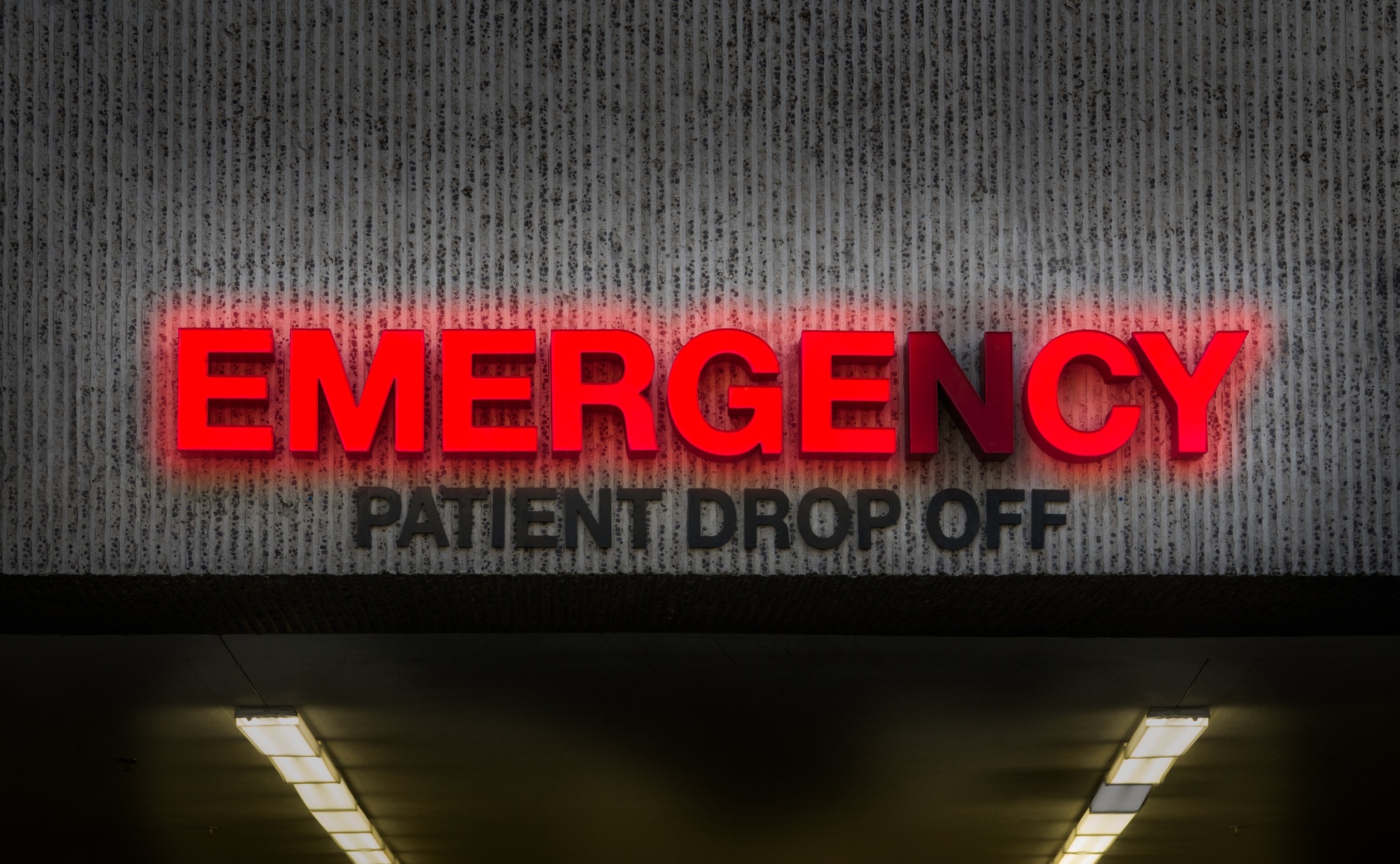A malpractice claim is one of the biggest challenges a physician will face.
For doctors and physicians, even one claim can feel like a huge setback, especially when we’re all striving to provide the best care possible. While no one likes to think about things going wrong, understanding the common areas where claims arise can actually be a powerful tool in preventing them.
Let’s dive into the types of malpractice claims private practitioners encounter most often and explore practical steps to help safeguard your practice.
Why Malpractice Claims Matter
Malpractice claims are incredibly important for private practice physicians because they can harm both their reputation and finances. When a claim is filed, it affects the physician’s credibility and can lead to higher insurance premiums, legal fees, and potential settlements that may strain the practice financially.
The stress of legal issues can also impact a physician’s ability to provide the best care, which can harm patient relationships and lower morale in the practice.
The Top 5 Most Common Malpractice Claims:
Even with the best intentions, situations arise that can lead to patient dissatisfaction, miscommunication, or, in worst cases, mistakes. Understanding which types of claims are most common can help you proactively safeguard your practice.
Here’s a look at the top malpractice claims for private practitioners and ways to avoid them.
1. Misdiagnosis or Delayed Diagnosis
Misdiagnosis or delayed diagnosis is one of the most frequent causes of malpractice claims, particularly in private practice where doctors are responsible for diagnosing a wide range of conditions.
When a diagnosis is missed or delayed, it can lead to serious patient outcomes, especially if it involves life-threatening conditions like cancer, heart disease, or infections.
For example, if a patient with early signs of cancer is misdiagnosed, treatment can be delayed, which may worsen the prognosis. Preventing these types of claims often comes down to thorough assessments, second opinions, and sometimes advanced testing to confirm suspicions when symptoms are unclear.
2. Medication Errors
Private practice physicians frequently juggle different prescriptions, drug interactions, and patient histories, so it’s easy for medication errors to slip through. Mistakes like prescribing the wrong dosage, overlooking an allergy, or failing to check for potential interactions can have severe consequences for patients.
To minimize these risks, consider using electronic health records (EHRs) that flag interactions and dosage concerns. Double-checking prescriptions, especially with new medications, and clear patient instructions can also go a long way in reducing errors.
3. Surgical Errors
Though more common in hospitals, surgical errors can also occur in private practices that offer outpatient surgeries. These include mistakes like operating on the wrong site or leaving surgical instruments inside the patient. To reduce these risks, follow stringent standardized checklists and protocols before, during, and after surgery.
4. Birth Injuries
High-stakes and emotionally charged, claims related to birth injuries can result from complications during delivery or inadequate prenatal care. For OB-GYNs and family doctors involved in deliveries, staying up-to-date with the latest maternal-fetal medicine guidelines and maintaining clear communication with your team can significantly reduce these risks.
5. Improper Treatment
Finally, improper treatment claims arise when a doctor fails to administer the standard of care that another competent physician would provide in similar circumstances. Always stay informed about the latest treatment guidelines and consider peer consultations for complex cases to ensure appropriate care.
Conclusion
While no one wants to think about the possibility of a claim being filed against them, staying informed and taking preventative action is your best defense. Remember, protecting your patients ultimately protects you—empowering you to focus on what you do best.





